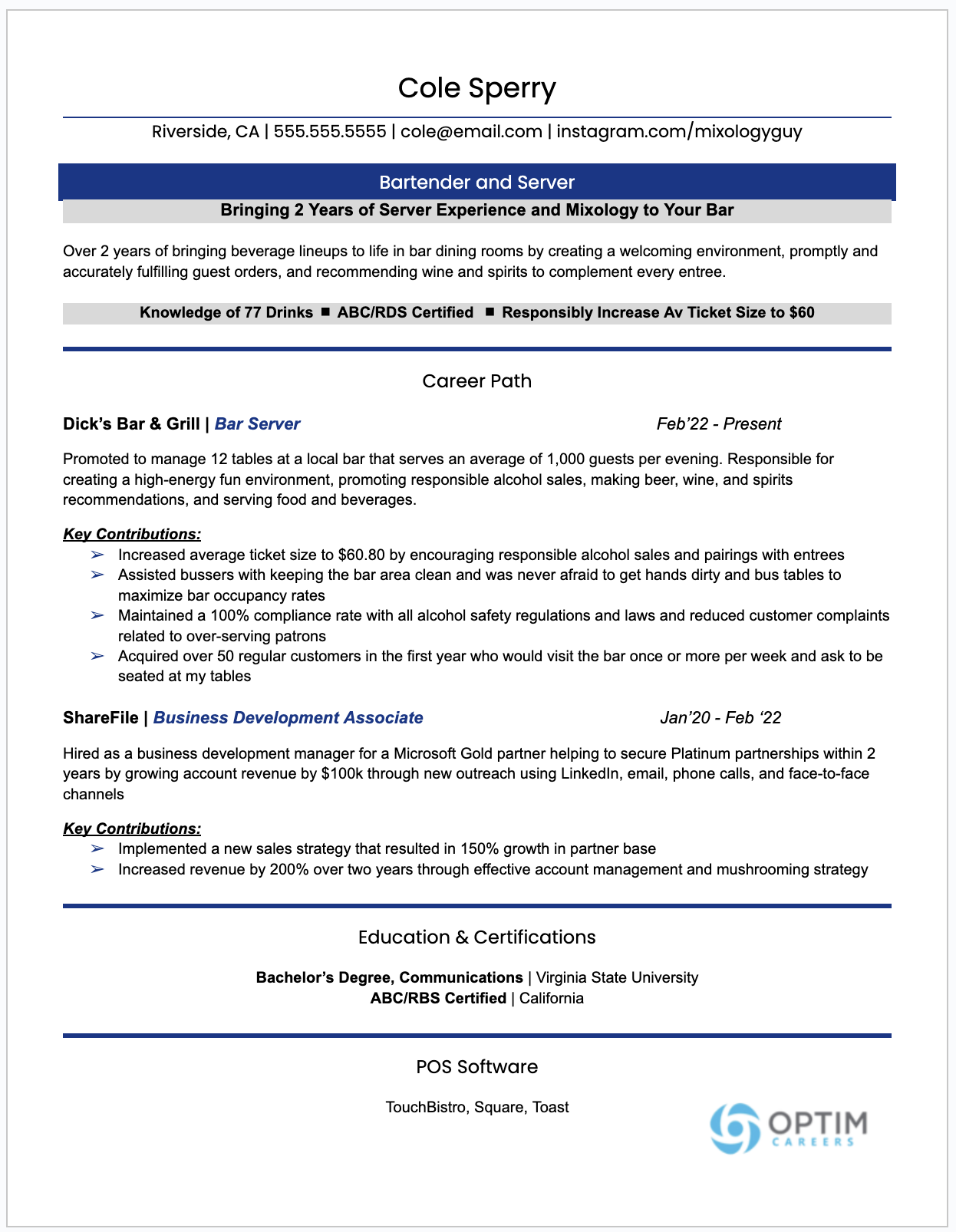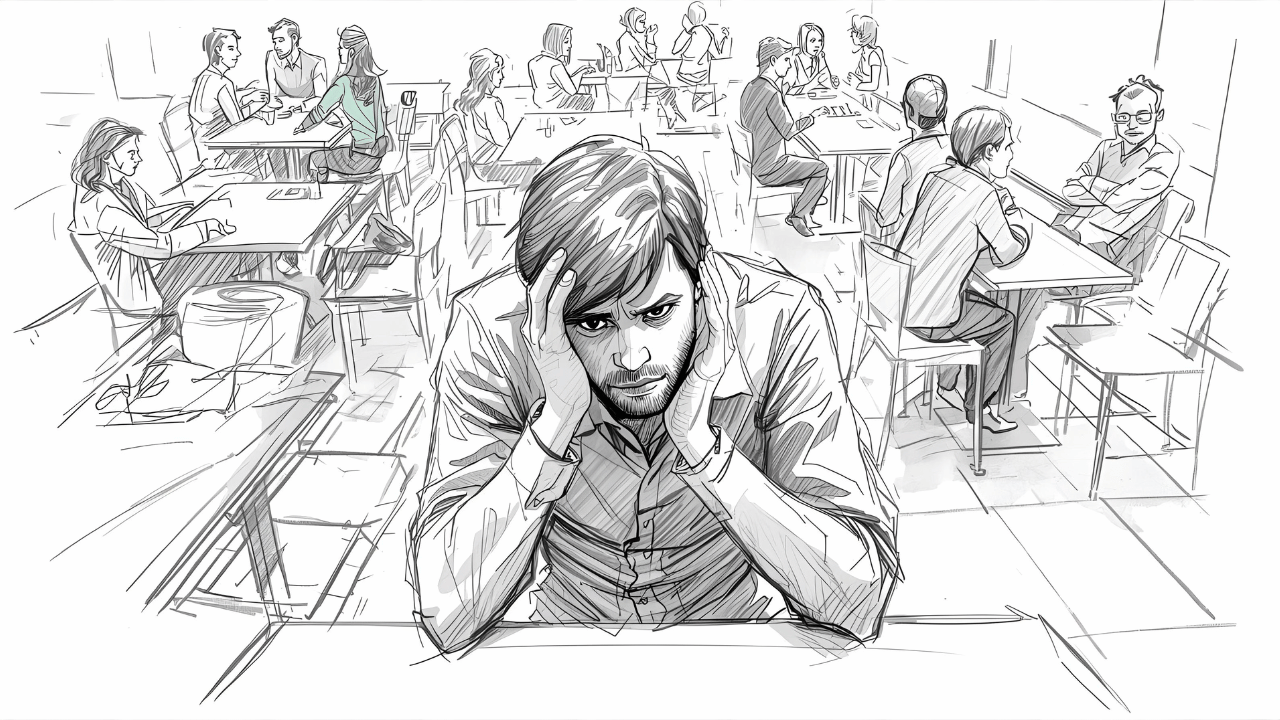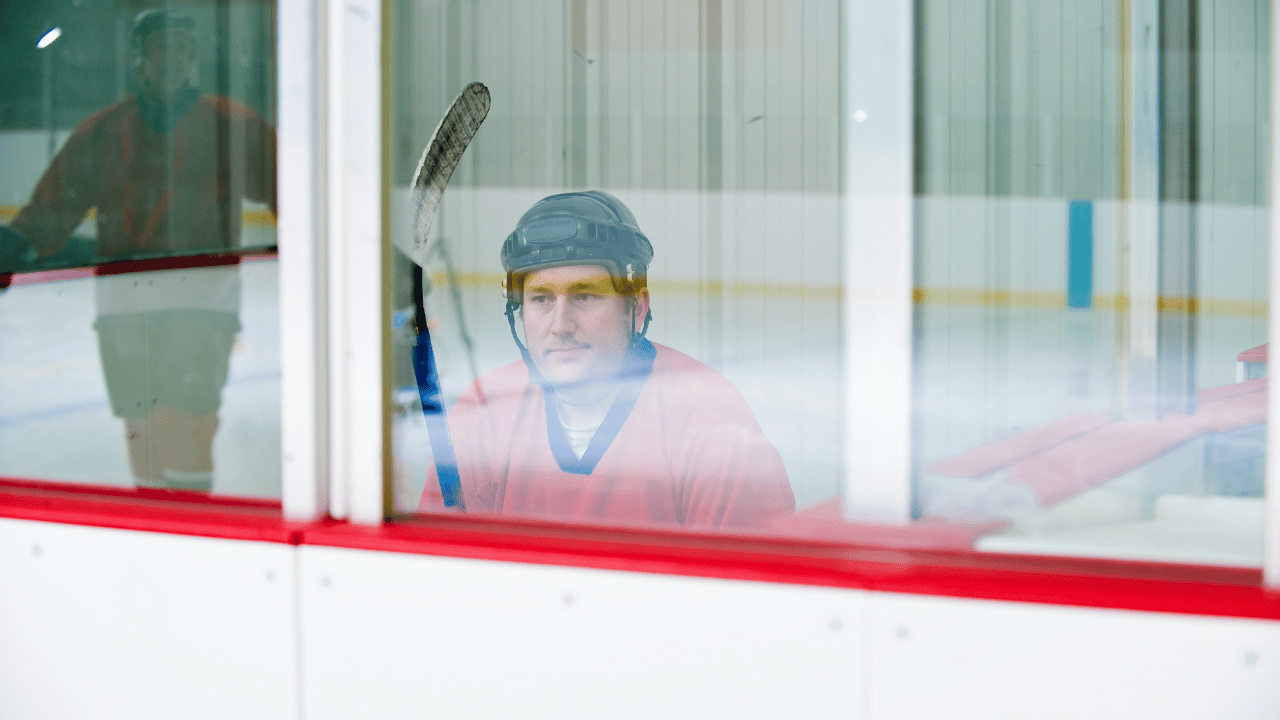Bartender Resume [How to Write One With Examples]
Back in my college days, I was a server at an upscale restaurant and I always noticed that bartenders seemed to have more fun, got more respect, and had people throwing money at them like it was going out of style. Meanwhile, the couple at table number 5 tipped me $5 on their $100 meal.
So for all of you people out there thinking it would be fun to have a bartender job, even if it’s just on the weekends, this is your resume guide.
The hardest part of writing a bartender resume is to know what to write about. Everyone says to use the job description as a roadmap, but have you seen most of the bartender job descriptions out there? They look like this.
I mean what are you supposed to do with that if you don’t inherently know what front-of-the-house managers are looking for when hiring a bartender? I want to fix this problem. In this guide, I’m going to break down what managers have told me they are looking for in bartenders and what other bartenders have written in their resumes (the ones that got them a job).
Bartender Duties, Resume
Here are the most sought-after qualifications and experiences for bartenders. For now, as you read these, think of examples of how you can show (not tell) that you’ve done these things and you’re good at doing these things. Write it down somewhere.
Creating a Fun and Welcoming Environment
Depending on the type of establishment you’re applying to, this may take the form of making professional conversation or it could be much more casual. But the bottom line is this. The most important thing I’ve heard employers ask for in a bartender is the ability to create legendary experiences and to have a high-energy attitude.
You don’t have to go all Coyote Ugly on them (in fact, I don’t suggest that), but you need to be good with people and keep them entertained. Customer experience is one of the most important parts of your job.
Promoting Responsible Alcohol Sales & Service
Many states have a certification and training course that teaches these things. In California, there is the RBS Training Course (Responsible Beverage Service) which teaches state laws, what responsible sale and service looks like, carding practices, standard drink sizes, and more.
Knowledge of Wine, Beer, and Spirits
Bartenders are experts in all things beverage-related. That could be knowing how to mix unique drinks or what wines pair well with certain foods. This also includes knowing proper glassware and garnishes for drinks. It could even mean knowing how to make a cappuccino if your bar serves coffee as well.
Guest Check Handling and Payments
Communicate that you know how to prepare guest checks, collect signatures, close checks, and process payments. You could also discuss how you monitor open tabs, and keep cards organized and in a safe location. How you handle cash safely may also be a talking point on your resume.
Serving Food and Beverages
Outside of creating a great atmosphere, this is probably the main job of a bartender. Take note of how you serve guests promptly, take food and beverage orders from both guests and servers (if you’re in a restaurant), and make sure everyone gets their order accurately and quickly. It’s also your job to know all the menu ingredients and daily specials.
You may also want to think about how you prioritize orders, especially between your own customers at the bar and servers waiting on drinks for their tables.
Bar Cleanliness
Keeping the bar area neat and clean is important for food and beverage safety, your personal safety, and customer service. If there’s a process you have to tackle cleanliness, include it in your resume.
POS Systems
If you’ve used any POS systems before, listing them on your resume is a good idea. There are many point of sale systems (POS) and there’s a good chance you haven’t used the one that your next job will utilize. But the knowledge of how to use one is important, even if it’s not the same exact one. If you’ve used systems like MICROS or TOAST, make a note of that. I’ll show you how to incorporate them into the resume later.
Inventory Management
Bartenders also keep beverages stocked, alert managers of shortages, and update 86’d items.
Bartender Qualifications
Depending on your state and local government, there are legal requirements that bartenders must meet in order to hold this job. Some companies may pay for you to obtain them, and others will expect you to have them before applying.
The more flexible ones will usually mention in their job posting that you must obtain a certification within a certain time frame of being hired to keep the job. If they don’t list any details, you should assume that it’s your responsibility to obtain the necessary training before applying.
In California, the most common ones are a Food Handler Card and an ABC/RBS Certification. Be sure to check your state and local government laws. An easy way to do that is to search for bartender jobs online, scroll to the bottom, and look at the qualifications they list. Many will list these on the job posting.
Resume For Bartender Format
Bartender Resume Sections
Include these sections in this order for your bartender resume.
Contact Information (Header)
Summary or Hybrid Summary/Objective
Work Experience
Education and Certifications
Technology
Resume Format
We can talk all day about functional, chronological, and hybrid resume formats. I’m going to keep this short and to the point. I’ve been in the recruiting space for over a decade and I have yet to meet one person who likes a functional resume. And because there are very few situations in which I ever recommend a hybrid resume, for 99% of you reading this, use a reverse chronological format.
A chronological resume is one that lists work experience in reverse order, starting with your most current/recent employer and then working back in time. All your experiences are then grouped by the employer where you performed them.
Other Formatting Advice
Use a resume template or a resume builder, this will save you time and prevent you from having to become a formatting expert overnight. It’s just one less thing you can worry about.
Make sure you have plenty of white space. While this isn’t a hard and fast rule, I suggest having a line of space after every 3 lines of continuous text whenever possible. This makes the resume easier to read.
Don’t shrink your margins below .5 inches. I typically use 1-inch margins, but sometimes I will shrink it slightly to fit everything on a page nice and neat.
Keep the font consistent or use a font pairing (one font for headings and another complimentary one for the body text).
If you need more help with formatting, consult Chapter 2 of the Definitive Guide to Resume Writing.
How to Write a Bartending Resume
Let’s put all your brainstorming notes together in a logical manner that is easy for any manager to read and then realize that you’re the one they’ve been looking for.
Contact Information
This may seem obvious but don’t forget to include your name, phone number, email address, and city and state. You can put this in a header if you’re writing in Google Docs or Microsoft Word.
You can also include social media accounts (with links), or portfolio sites in your header if appropriate. I met one guy who had a bartending Instagram account where he created new drinks and took pictures of them. That’s highly relevant and should be included on the resume.
Bartender Summary
Normally I’d tell professionals not to add any fluff to their resume summary. Bartenders are borderline exceptions. Here’s what I mean.
Restaurant and event managers don’t seem to mind a few feel-good phrases like “creating legendary experiences” or “bringing the beverage lineup to life”. Don’t overdo it, but feel free to insert some “pizzazz” into the summary.
I like this formula for bartender resume summaries.
Creative statement + How you do that
Here is an example of what that may look like. By the way, I took some of these creative statements from different company’s own job descriptions and then made them my own and weaved them together to create this example.
Over 3 years of experience consistently raising the bar (pun intended) to bring the beverage lineup to life by mixing and serving drinks with high energy, acting as the guest’s personal sommelier, and promoting responsible alcohol service so every guest experiences a legendary time both during and after their visit.
Bartender Work Experience Section
This will be the longest section of your resume. Most likely you’ve either been bartending already or held another job in the restaurant or hospitality space, such as a server. But even if you haven’t, we’ll cover that too.
First things first, I don’t normally sing the praises of resume AI tools too often because many of them are terrible. However, if you’re writing a bartender resume, do yourself a favor and sign up for a month of Huntr.
It’s going to give you so many great ideas for how to show that you’re good at the things you do. It also will help you translate your experience from non-bartending jobs into relevant information that shows alignment with bartending responsibilities.
All of the examples you see in the upcoming sections originated from using the Huntr resume AI for work experiences. Not to mention it will save you hours of work, no exaggeration.
Regardless of whether you use any AI or not, there are two things each of your work experiences need to show - context and evidence.
Context will help separate you from others. A bartender who has experience working large banquets is different from one who works a small 8-seat bar at a local restaurant. A bartender who handles 200 transactions per day has a different skill set than one who handles 20 transactions.
Also if you were the lead bartender, or one of three, or the only one - that all matters! It’s a big difference to be the one of three in a fast-paced environment vs the only bartender at a slower paced establishment.
If context is what separates you from your peers, then evidence is what makes hiring managers believe that you are one of the best (or could be one of the best) at this job. The evidence pieces are what the Huntr AI does really well. Here are a few examples I created using it.
Increased bar tickets by an average of 20% by pairing every beverage with a main dish and recommending them to guests.
Fulfilled over 80 drink requests in one hour with 100% accuracy, juggling bar guests with server requests from the dining area.
Maintained a zero customer complaint status related to over-serving by strictly, but empathetically enforcing alcohol service policies.
Increased the number of regular patrons to the bar by 30 per week by building authentic relationships with guests.
Bartender Education and Certifications
Unless you’re bartending at an event with highly educated people, it probably doesn’t matter what your education level is (and even then, I’m not convinced it makes a difference). However, if you have any advanced schooling such as an Associate or Bachelor's degree, you should list it on your resume.
What’s more important is the certifications you hold. Holding an alcohol server training certificate or a food handling certificate can make a difference in whether you get many interviews or not. Not every state requires an alcohol training certification, but many do. If you live in any of these states, I’d say it’s almost mandatory in order to apply for these roles and get one.
Washington
Oregon
California
Nevada
Utah
Montana
New Mexico
Oklahoma
Louisiana
Alaska
Illinois
Indiana
Tennessee
Pennsylvania
Vermont
Rhode Island
Delaware
Bartender Technology
The final thing I would include is a list of any POS systems you’ve used in the past. Examples may include Toast, Micros, Square, Rezku, Micros, or TouchBistro. If you’ve used it, list it. This is far more valuable than listing a skills section that many resumes have with generic buzzwords that show no context or evidence.
Bartender Resume Template
I’ve prepared two unique bartender resume templates if you’re looking for a convenient and quicker way to build your next resume. You can see example snippets of both in the next section under examples.
If you’d rather not start from scratch, access these bartender resume templates and change out any information you want.
Bartender Resume Examples
Entry-Level Bartender Resume Sample
Here is a resume sample for someone who has been a server and wishes to become a bartender. Your resume may look like this one.
Experienced Bartender Resume Example
If you’ve been a bartender for some time, your resume may look like this with several bartender jobs and more in-depth experiences.
Bartender Resume Action Verbs
When writing resume bullet points, you’ll most likely want to start each one with an action verb. Here are some common ones you can use.
Adapted
Assisted
Checked
Cleaned
Collaborated
Coordinated
Created
Customized
Delivered
Engaged
Enhanced
Ensured
Filled
Greeted
Improved
Informed
Memorized
Maintained
Measured
Mixed
Monitored
Offered
Ordered
Poured
Prepared
Prioritized
Processed
Promoted
Recommended
Refilled
Resolved
Returned
Served
Suggested
Took
Upsold
Should You Tailor Your Resume With the Job Listing
Every Tom, Dick, and Harry resume writer out there is going to tell you to tailor your resume to every job listing. I’m going to tell you that it is a waste of time.
First, have you seen the majority of the bartender job postings? Apparently, the people telling you to tailor your resume haven’t. There’s not a lot to tailor toward. You saw the one at the opening of this article. Most bartender job descriptions are pretty worthless in telling you what to write about (that’s why you’re here, reading this).
With the exception of tailoring your bartending resume toward the venue, there’s nothing else to tailor. As we discussed earlier, a bartender for events and banquets is going to be slightly different than one at an upscale restaurant, or one at the dive bar speakeasy downtown.
Other than that, they’re all going to require the same thing from you and you’ll need to show those same qualifications and experiences for each job. So there’s really no point in tailoring your resume. There, I just saved you 20 hours this week of work that you would have done for nothing.
Bartender Resume Recommended Reading
How to Add Metrics to Resume [Even if You Don’t Have Data]
Cole Sperry has been a recruiter and resume writer since 2015, working with tens of thousands of job seekers, and hundreds of employers. Today Cole runs a boutique advisory firm consulting with dozens of recruiting firms and is the Managing Editor at OptimCareers.com.



















![Best Excuses to Work From Home [33 Word-for-Word Scripts]](https://images.squarespace-cdn.com/content/v1/5e7a582d35406e67f528c98d/44c72d68-466b-4532-be7e-1bdfdcce2adc/Best+Excuse+to+Work+From+Home.png)
The pattern is as predictable as champagne on New Year's Eve, and often about as short-lived.